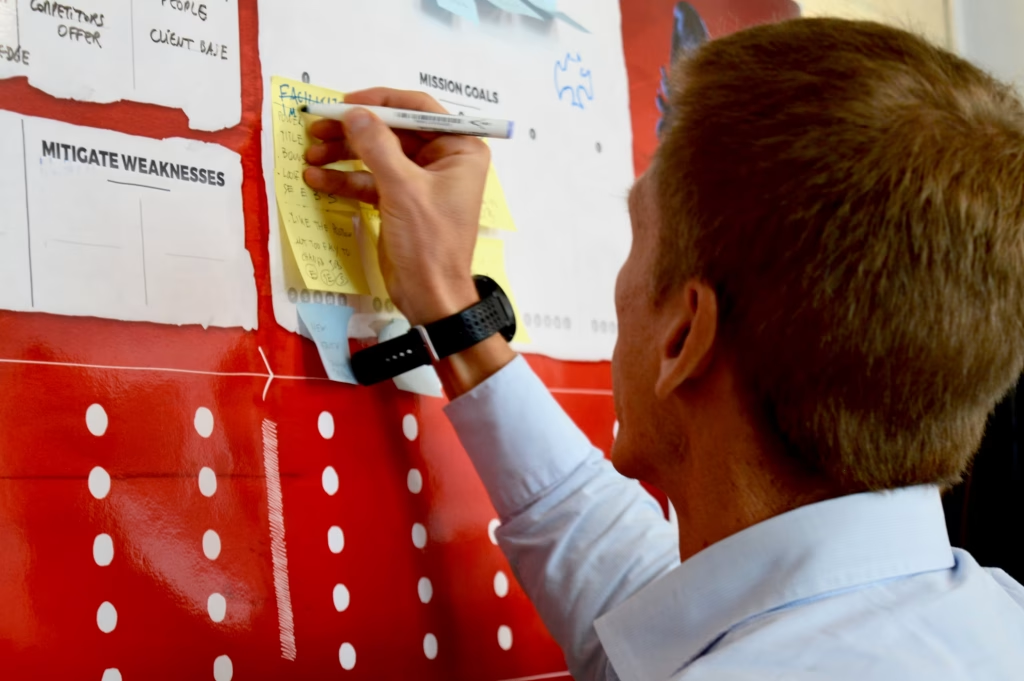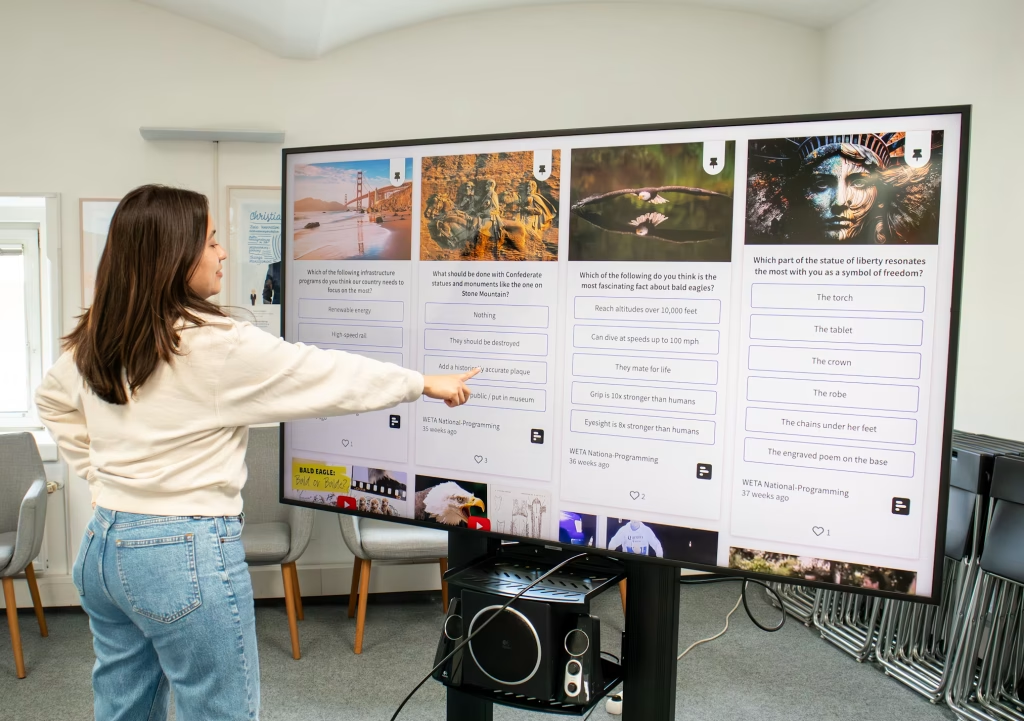Reimagining What Work Can Be
We’ve all been there scrolling through endless job listings, reading titles that feel too narrow, too rigid, or just not quite you. You might have experience, passion, and a clear sense of your strengths, but none of the existing roles really fit. What if your dream job isn’t listed because it doesn’t exist yet?
In a fast-evolving professional world, roles are changing, industries are blending, and more than ever, people are carving out opportunities instead of waiting for the perfect title. This article explores what it means to create your own job, the mindset shift it requires, and how to turn your unique combination of skills, curiosity, and drive into a role that reflects who you are and who you want to become.
Section 1: The Limits of Traditional Job Titles
Why the Perfect Job Might Not Exist Yet
- Most roles are created based on need not vision.
- Companies often hire for what they know they need, not what they could have.
- New technologies, social changes, and interdisciplinary careers are outpacing traditional hiring frameworks.
Example: Twenty years ago, there were no “social media managers,” “UX researchers,” or “chief remote officers.” Those roles emerged because people identified gaps and proposed value-driven ideas.
Table 1: Roles That Didn’t Exist a Decade Ago
| Role | Industry | Emerged Due To |
| Data Ethicist | Tech | Rise of AI & data privacy |
| Podcast Producer | Media | Boom in audio content |
| Remote Experience Manager | HR | Shift to hybrid/remote work |
| Sustainability Analyst | Business | ESG & climate accountability |

Section 2: The Mindset Shift From Fitting In to Standing Out
To create your own job, you have to stop asking, “What jobs are available?” and start asking, “What problems can I solve? What can I build?”
Key Shifts in Thinking:
- From employee to collaborator
- From applicant to opportunity creator
- From finding a role to designing a contribution
Case in point: Sarah, a freelance graphic designer, noticed that several startups lacked brand consistency. Instead of applying for existing design roles, she pitched a new position: brand strategist-in-residence. One company accepted. Within a year, it became a full-time role, and other companies began asking for similar services.

Section 3: Spotting the Opportunity Gaps
How to Identify Where You Could Add Value
- Observe unmet needs in your industry or community.
- Talk to people—founders, managers, peers—and ask them what frustrates them.
- Combine your skills in a way that’s rare or unexpected.
- Prototype your value with small projects, freelance work, or personal initiatives.
“The sweet spot is where your passion intersects with a problem worth solving.”
List: Questions to Ask Yourself
- What do people often ask me for help with?
- Where do I see inefficiencies no one else is addressing?
- What would I do all day for free and how could that be valuable to someone?
Section 4: Packaging Your Proposal
Creating a Role That Doesn’t Exist (Yet)
Once you’ve identified a possible opportunity, it’s time to present it persuasively.
Structure for Proposing a New Role:
- Introduction: State what you’ve observed and why it matters.
- Your Idea: Describe the role you envision and its value.
- Benefits: What outcomes or impact will it have?
- Your Unique Fit: Why you’re the best person for it.
- Next Steps: Suggest a trial period, project, or scope.
Example Pitch Summary:
“In reviewing your recent campaigns, I noticed a disconnect between your product messaging and your audience’s language. I’d like to propose a new role: Story Alignment Strategist. In this position, I’d focus on bridging your content strategy with user narratives, leading to better engagement and conversion. I’d be happy to pilot this idea with a one-month project.”

Section 5: Real-Life Stories of Job Creators
From Idea to Employment
- Thomas – Noticed his startup team struggled with async communication. He proposed becoming their Remote Culture Coach. Now he’s doing it for three companies.
- Alina – A trained anthropologist who turned her skill in observational research into a User Empathy Consultant for fintech companies.
- Jae – A travel blogger who approached tourism boards not just to write blogs but to develop Narrative Content Strategies tailored to regional storytelling.
Section 6: Where Companies Are (Secretly) Open to Innovation
Places That Welcome Self-Created Roles
- Startups and small businesses (more flexible structures)
- Non-profits and social enterprises (value innovation highly)
- Forward-thinking corporations (especially in R&D, strategy, or culture)
- Your own company (internal innovation roles, culture initiatives)
Tip: Even large companies often allow “internal entrepreneurship” where employees propose and lead new initiatives if they align with business goals.

Section 7: What to Prepare Before You Pitch
Checklist for a Successful Proposal
- ✅ Portfolio or proof of past results
- ✅ Clear problem you’re solving
- ✅ Research on company needs
- ✅ Pilot project idea or timeline
- ✅ Budget or salary expectations (if applicable)
- ✅ Openness to feedback and adaptation
You don’t need a fully baked plan. You need a clear start and a compelling reason why they should say yes.
Section 8: When to Walk Away and Build It Yourself
Sometimes, even after all this, you might face rejection or worse, indifference. That doesn’t mean your idea is wrong. It might just mean the timing or place is off.
In some cases, the job you want to create might be the start of a business.
Consider:
- Freelance or consulting versions of your idea
- Turning your role into a product or service
- Teaching or mentoring others in your unique niche
Conclusion: The Job Market Is Changing So Should You
The days of fitting into a mold are fading. In a world that’s constantly evolving, the real power is in creating your own job—one that aligns with your strengths, solves real problems, and allows you to grow.
So, the next time you feel stuck or uninspired by the options out there, pause and ask: What if the best opportunity is the one I haven’t invented yet?
Because the future of work doesn’t belong only to the ones who wait—it belongs to the ones who build.